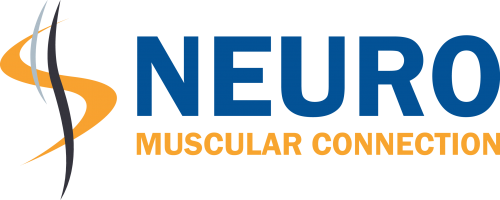Laser Therapy
Laser therapy promotes healing in patients starting at the cellular level.
The biochemical mechanisms that laser therapy stimulates promotes a wide range of benefits: reduced pain and inflammation, as well as increased circulation, immune response, movement and flexibility.
Cellular metabolism is the process in which your body’s cells use and produce energy to carry out necessary life functions. To initiate cellular metabolism, we have to introduce more oxygen, the principle fuel for aerobic organisms. Our blood is the primary way that we get oxygen and nutrients to our cells for processing and remove waste products such as lactic acid and carbon dioxide.
With that said, laser therapy is aimed at generating local circulation, or in other words, the travel of oxygenated blood to our cells and deoxygenated blood away from our cells. Currently, there are many different and new applications for laser therapy because of the way that it interacts with our bodies at the cellular level.
Laser energy causes photochemical reactions in the cells. Laser light photons are absorbed by receptors (chromophores) on the mitochondria which are located within the cells. This causes increased production of cellular energy (ATP), leading to normalization of cell function, pain relief, and healing. Another benefit of laser therapy is that it has a significant effect on damaged cells and tissues, but it poses no danger to other normative biological constituents. This Class IV laser therapy has been FDA approved.
With respect to bone injuries, the cellular healing component of laser therapy is key. When bone cells, or osteoblasts, have optimal ATP energy available to them, they will proliferate more rapidly and will regulate their collagen production more efficiently leading to overall improved healing of the injury.
Similarly, laser therapy can be used to treat smooth muscle tissue injuries. Smooth muscle pain can stem from a variety of complications including ligament tears, tendonitis, contusions, overuse, fatigue, inflammation and more. Laser therapy has shown to not only increased tensile strength of smooth muscle injuries, but has done so faster than other forms of treatment.
In addition, laser therapy can be used to treat damaged nerves. Damage to nerves of the peripheral nervous system can be caused either by diseases of, or trauma to, the nerve or the side-effects of systemic illness. In the past, neurologists believed that if impulses ceased after trauma to the nerve, no impulses could be stimulated thereafter. There may be some potential for laser therapy to help in reestablishing those ceased impulses.
Brain and Spinal Cord injuries go hand-in-hand with nerve damage. These types of injuries often have debilitating effects on our quality of life and are typically thought to be irreparable. The research on laser therapy for brain and spinal cord injuries is still young, but recent studies suggest that there may be significant healing effects at the cellular level.
Chronic pain stemming from injuries affects more the 80 MILLION Americans. Acute injuries happen every day. Hydrocodone with Acetaminophen was prescribed more than 3.5 BILLION times last year. For certain injuries and health complications, Laser treatment is a great alternative to pain medication.
To learn more about Neuro Muscular Connection’s laser treatment approach, and if it is the right treatment choice for you, please feel free to contact our clinic.



